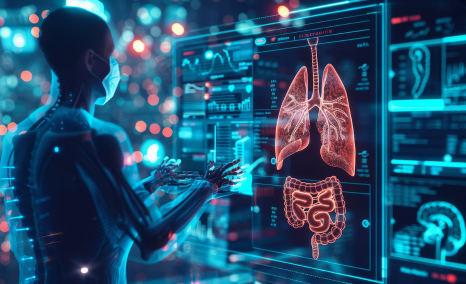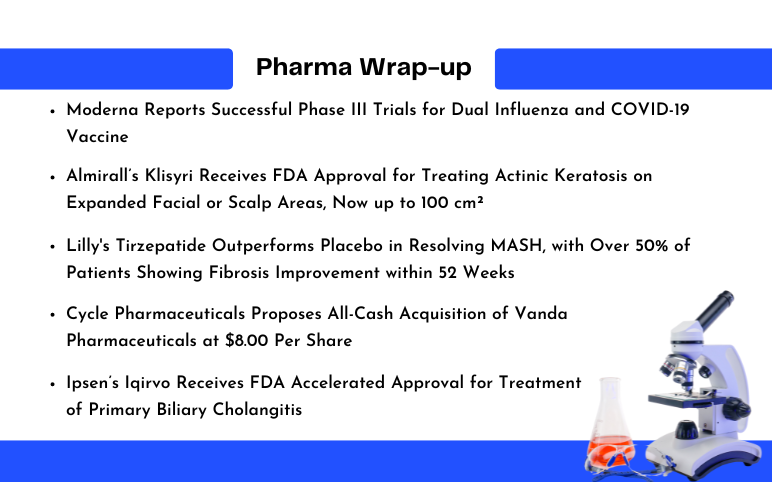
Rising Acute Respiratory Distress Syndrome (ARDS) Prevalence Posing a Major Public Health Concern

May 20, 2020
Table of Contents
COVID-19 is here and is not vanishing anytime soon from our lives as suggested by health bodies, scientists, and researchers. It’s almost been six months since the outbreak occurred in China last year, and countries are still figuring out various ways to overcome its transmission. Though the countries around the world have somehow managed to reduce the pace of transmission by adopting certain strict measures, it is speculated that until the availability of vaccines the coronavirus is likely to make periodic outbreaks (waves).
To address the given situation governments, tech companies, hospitals and research institutes are working in collaboration to overcome the current crisis. Tech Companies are employing their resources in the development of various innovative solutions to tackle the coronavirus transmission. These companies are analyzing a large amount of data to predict the transmission and early detection of disease. Similarly, some companies are working in cooperation with hospitals and research institutes to develop surveillance software and diagnostic solutions. Many startups and mid-size companies have also stepped up and provided a wide range of smart products in the form of wearable devices and biosensors to mitigate the transmission risk.
Article in PDF
The wearable devices and biosensors are playing a crucial role in these difficult times. The consumer wearable collects vital data from a users’ body and helps in keeping a track of signs and symptoms of infections or illness. These devices also provide a large amount of data which helps physicians and researchers on a better understanding of the disease and insights into early signs and symptoms associated with the disease.
The wearable devices and biosensors come in various forms such as smartwatches, smart ring, throat Sensor, Wearable Thermometer, wristband and others. These wearable devices measure various real-time vital stats such as body temperature, heart rate, sleep and respiratory activity which help in early detection of COVID-19 symptoms in users.
Some of the wearable devices that are in operation and under-development to mitigate the COVID-19 Progression include:
IK Multimedia an Italian based Music gear and software producer has developed a wearable device Safespacer. The Safespacer is a lightweight wearable device that will alert the users when they have come within 2 m / 6 feet distance from each other. The device will help people in maintaining social distance at the workplace or other public places. The user is alerted by audio-visual alarm and or by vibrations. The device is easy to handle & operate as most of the features can be modified via a smartphone application.
BioButton is a medical-grade biosensor product by BioIntelliSense. The device has been cleared by the FDA for tracking the COVID-19 symptoms in potential patients. It comes into a coin-sized shape, which is easy to handle and carry. The device helps in monitoring the body temperature, body position, heart and respiratory rate, sleep and activity state for a period of time of 90 days. The device follows HIPAA-compliant and can be operated in combination with a BioMobile application which makes it easy and convenient to use.
Keeping in mind the business operation affected by COVID-19, the KINEXON has launched a wearable sensor product KINEXON SafeZone. The device helps in maintaining the social distance between employees and also safeguards the business operations. The device is available as a plug-and-play solution without any requirement of additional infrastructure. The KINEXON SafeZone is designed for flexible use on a large scale along with strong data protection provisions.
The Northwestern University researchers and Shirley Ryan AbilityLab in Chicago have developed a throat sensor that can detect the early signs and symptoms of coronavirus. The device is about the size of a postage stamp that can be worn 24/7, helps in monitoring coughing intensity and patterns, heartbeat rate, body temperature, fever and also the chest wall movement of the user. The device transmits an uninterrupted stream of data which helps in continuous tracking of key signs and symptoms in patients.
Apart from above-mentioned devices, a lot of research and development is going on at a rapid pace in the wearable device segment to track and monitor the virus transmission at an early stage. But these wearable devices have some limitations too. Since these devices are generating data throughout day and night there is always a chance of misuse and leakage of data to the third party or external hacking. The data generated needs to be fully secured and encrypted. Similarly, the wearable devices have certain physiological inferences on the individual mind. The continuous monitoring may also affect the user’s behaviour and psychology along with interruptions and distractions in daily activities.
There is no doubt that these devices have some drawbacks but the wide range of solutions provided by these devices clearly outmatch them.
These devices can be very helpful for the frontline worker who are at constant risk of getting infected. Apart from the healthcare worker, the devices can be useful for both children and older generations. In the coming week or months, these biosensors and wearable devices are likely to assist in reopening of business and public places if the disease remains for a longer time period. Although these biosensor devices are far away from detecting the pin-point occurrence of COVID-19, but the amount of data collected by these devices are likely to help the researcher and physician to get a better understanding of not only coronavirus but also the onset of any future infections or deadly disease.
Article in PDF


